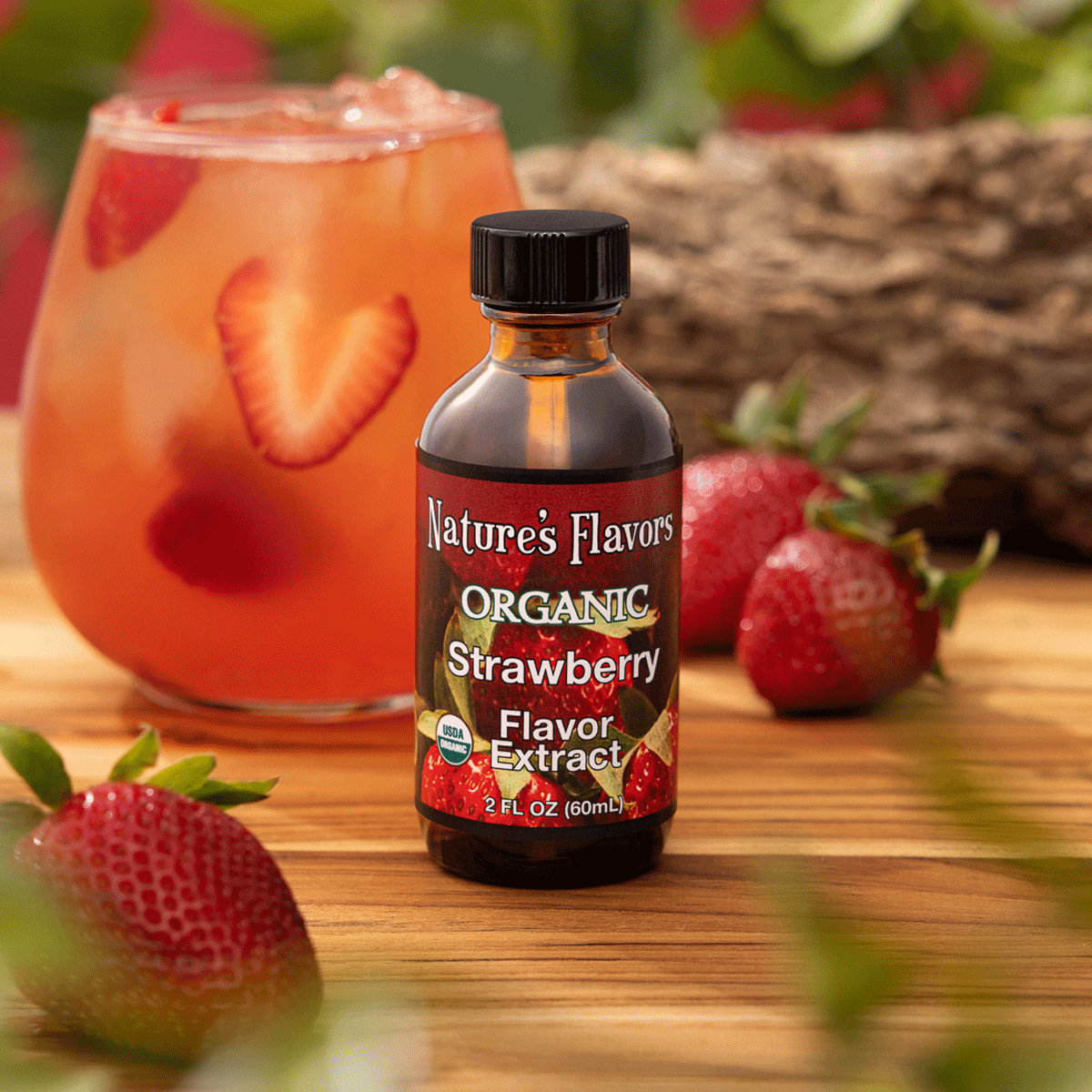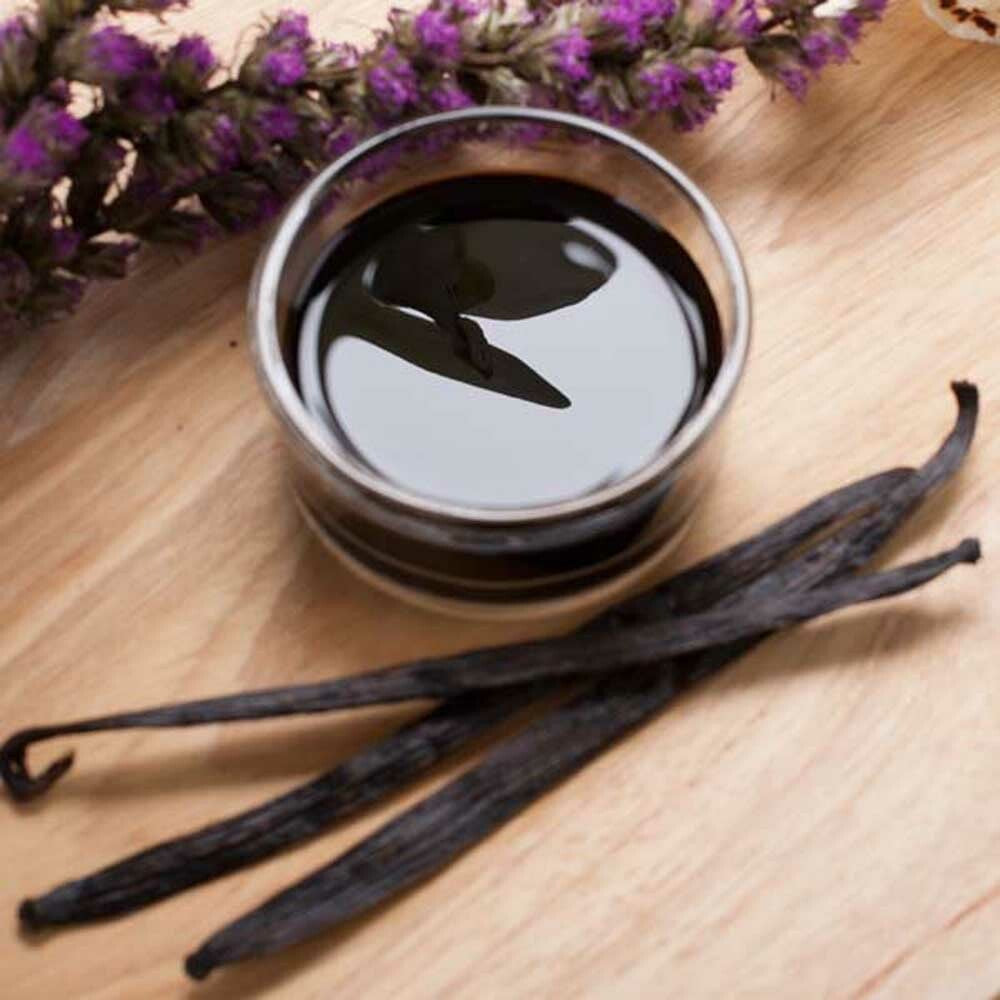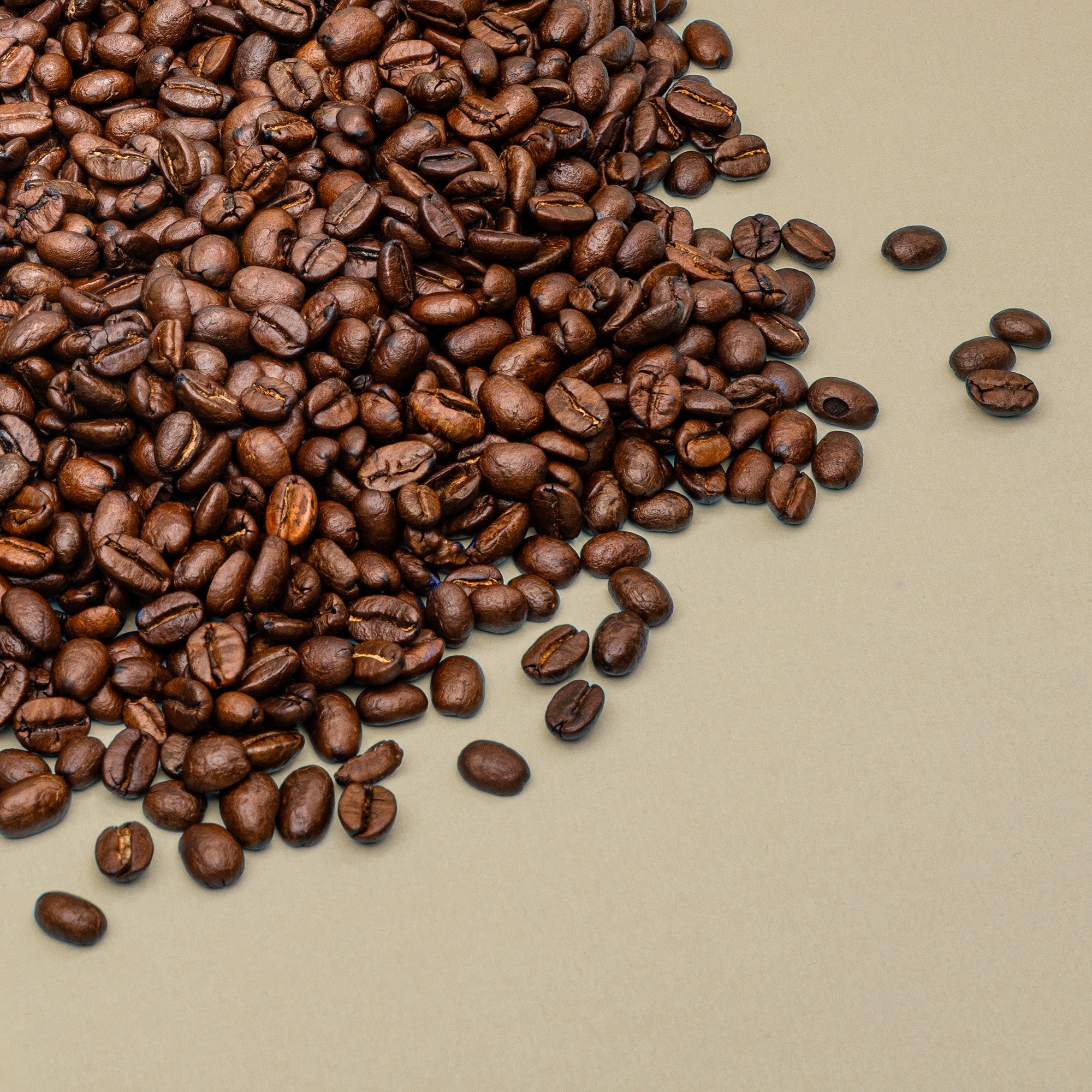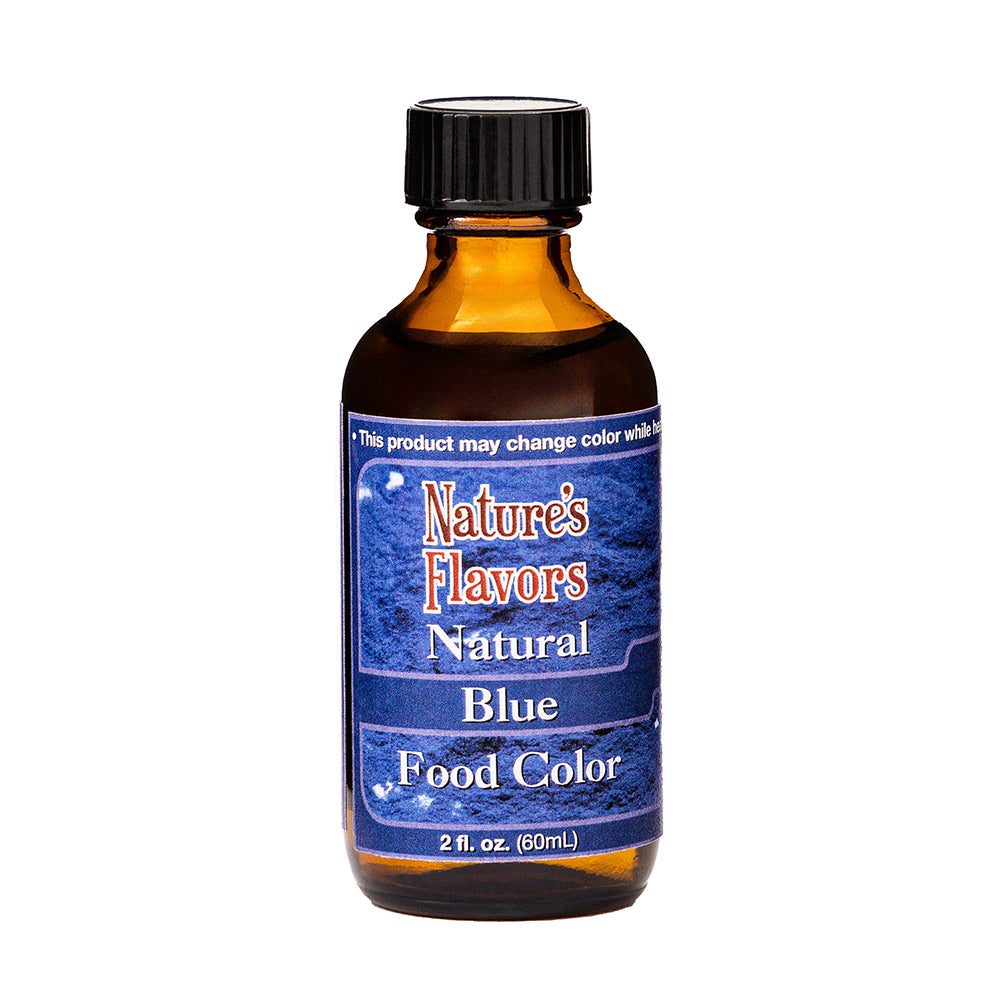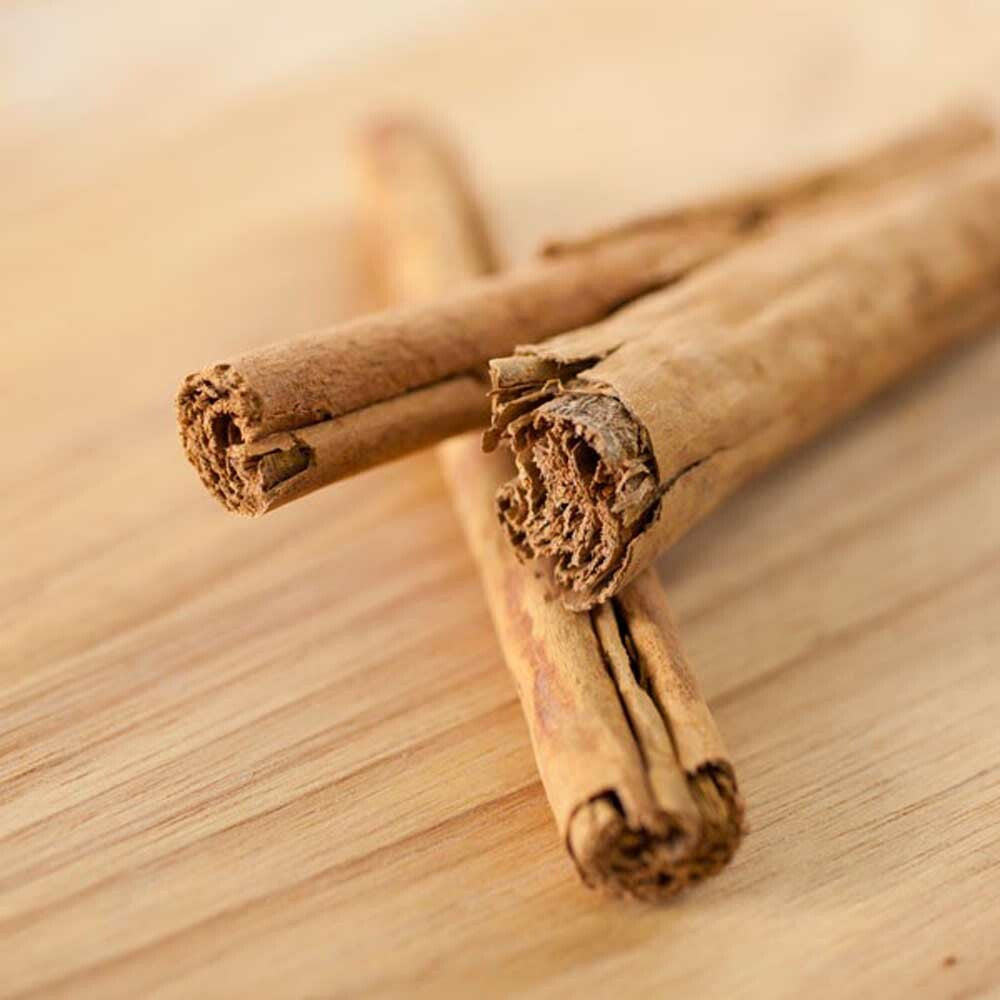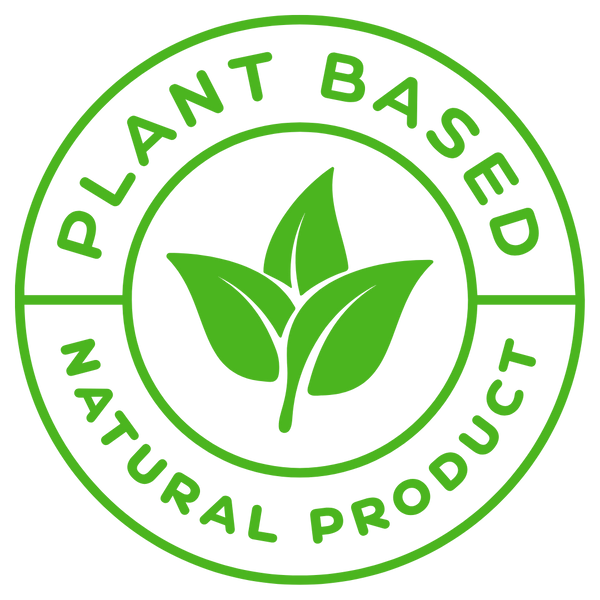Applications: Cinnamon Leaf Essential Oil can be used in aromatherapy diffusers to fill a room with its warm, comforting aroma. It can also be diluted with a carrier oil for topical application to soothe sore muscles and joints.
Therapeutic
Benefit:
Cinnamon Leaf Essential Oil is celebrated for its wide array of therapeutic benefits. Its high eugenol content makes it a powerful antiseptic, capable of fighting off bacteria and viruses, which can be particularly beneficial during cold and flu season. The oil's anti-inflammatory properties can help reduce swelling and pain, making it a popular choice for those suffering from arthritis or muscle soreness. Additionally, its analgesic qualities can provide relief from headaches and other types of pain. The warm, spicy aroma of cinnamon leaf oil is also known to have a calming effect on the mind, helping to alleviate stress and anxiety while promoting a sense of relaxation and well-being.
Aromatherapy Uses:
In aromatherapy, Cinnamon Leaf Essential Oil is often used to create a warm and inviting atmosphere. Its spicy scent can help invigorate the senses and improve mental clarity, making it an excellent choice for use in the home or office. When diffused, it can help purify the air, eliminating odors and creating a more pleasant environment. The oil's mood-enhancing properties can also help combat feelings of depression and fatigue, providing a natural boost to the spirit.
Topicalapplications:
When diluted with a carrier oil, Cinnamon Leaf Essential Oil can be applied topically to the skin to address a variety of concerns. Its antiseptic properties make it an effective treatment for minor cuts, scrapes, and insect bites, helping to prevent infection and promote healing. The oil's anti-inflammatory and analgesic effects can also provide relief from muscle and joint pain, making it a popular choice for massage therapy. Additionally, its warming sensation can help improve circulation, providing a soothing and comforting experience.


